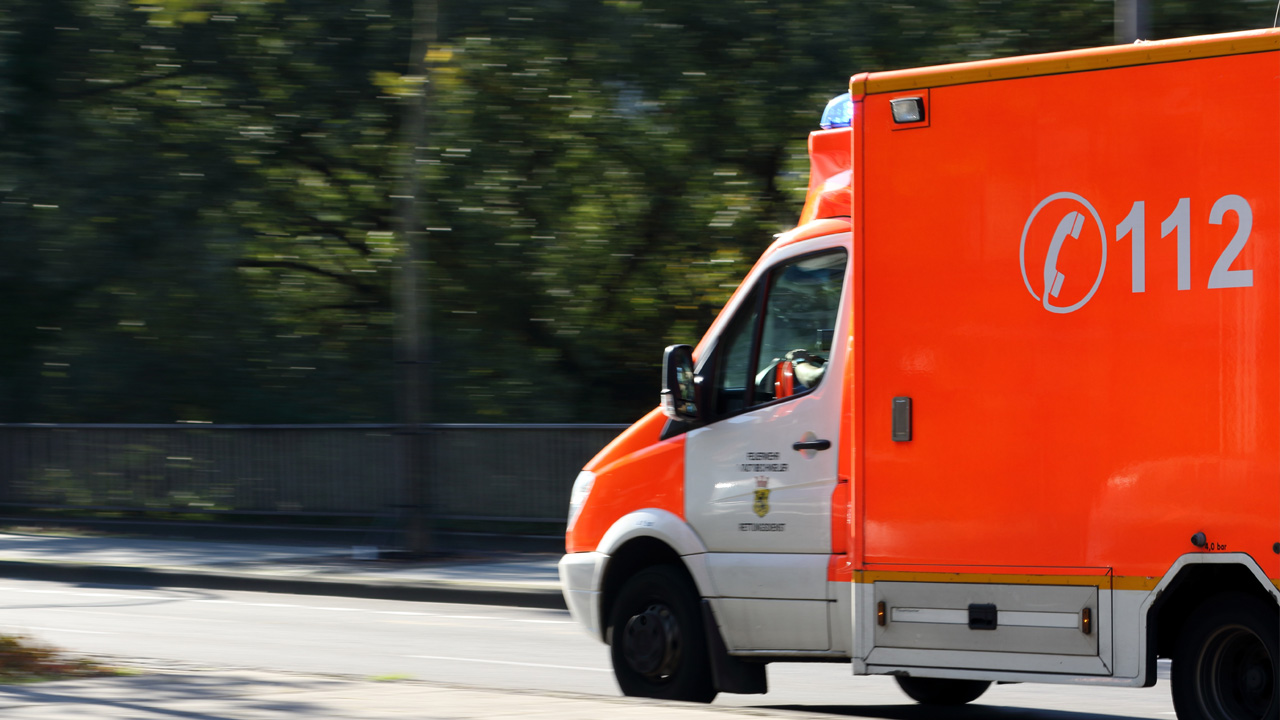11.12.2019
5G in healthcare:Digital Health - when data can save lives
Today we wear fitness trackers that are connected to our cell phones via Bluetooth. Via app we synchronize these trackers or Smartwatch with the cell phone in order to look at and evaluate the data in detail. All of this is normal nowadays. However, the new mobile phone standard 5G will turn many things upside down and open up numerous new possibilities for consumers. What is commonly called "disruptive" will also be seen in the health sector.
Real-time vital data and smart ambulances
With intelligent networking and high-performance mobile phone networks, completely new possibilities are created both in hospitals and for every consumer to become healthy and - even better - to stay healthy. Thanks to the new 5G mobile phone standard, fitness watches can constantly transmit blood pressure and many other vital data to the user or immediately to the doctor in charge. Health incidents can be prevented by real-time monitoring before they occur. Particularly during marathons, athletes often suffer from gradual overloading.
The more comprehensive and rapid information is available about a patient, the greater the chances of successful treatment. And the earlier specific information from the ambulance arrives at the hospital's emergency room, the better the treating staff can prepare for the case. To this end, colleagues at O2 in the UK have launched a pilot project in close cooperation with the National Health Service (NHS). So-called "smart ambulances" are equipped with 5G technology. This enables precise video diagnostics as well as the use of high-resolution scanners and thus an optimized treatment of patients already on their way to the hospital.
Intelligent networking and tracking systems can also be used to quickly answer the question of locating medical equipment in large hospitals. There is no need to spend a long time searching for mobile ultrasound - a glance at the smartphone shows the way.
The surgery with 5G
With 5G, however, much more is possible in terms of digital health. First, many billions of euros in treatment costs can be saved. First and foremost, the number and duration of hospital stays and visits to doctors' offices can be significantly reduced through initial stocktaking via remote diagnosis. Secondly - and this is much more crucial - 5G potentially opens up completely new opportunities and access to top global medicine for each individual patient. Telefónica, in close cooperation with a hospital in Malaga, Spain, has installed a 5G-based assistance system that enables operations to be performed and supported from different locations ("Remote Surgery"). In this case, a Japanese doctor in Osaka assisted the Spanish medical team during the operation via video live connection. Virtual reality was also used for this purpose. Since 5G is able to transport large data rates with low latency times, the surgical test was very successful for the team. Another example: A Chinese Parkinson's patient was implanted with a neurostimulator in his brain in a hospital in Beijing. The specialized physician stood in a clinic on Hainan Island, 2,700 km from Beijing.
In addition to such rather spectacular scenarios, many fields of application are conceivable that will revolutionize our everyday medicine. For it is precisely in the medical sector that 5G can play out one of its greatest advantages over LTE (i.e. 4G): the significantly lower latency. While delays of between 40 and 100 milliseconds are still technically caused in today's mobile phone network, this value is reduced to less than one millisecond in the best case with 5G. This means that large amounts of data can be transmitted almost in real time - a basic prerequisite for data processing and analysis in the healthcare sector.
